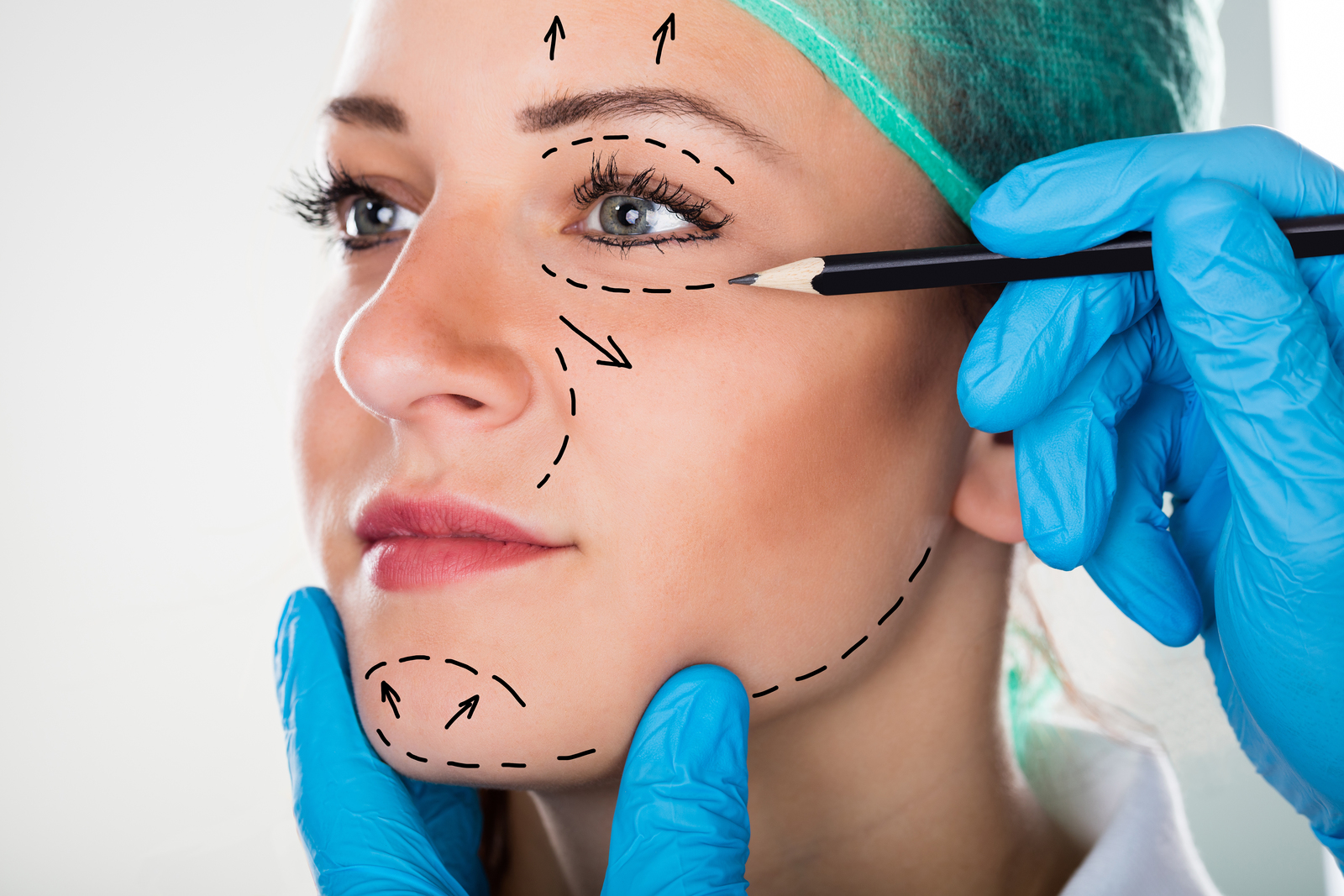 The number of British citizens undergoing cosmetic surgery fell in 2016 to the lowest number in a decade, while non-surgical cosmetic treatments continue to rise, new research has shown.
The number of British citizens undergoing cosmetic surgery fell in 2016 to the lowest number in a decade, while non-surgical cosmetic treatments continue to rise, new research has shown.
The data show that the number of surgical cosmetic procedures last year fell by 40% since reaching record-breaking heights in 2015.
Meanwhile, anecdotal evidence suggests that non-surgical treatments such as injectable facial fillers have remained on a steady increase.
Fragile climate
The British Association of Aesthetic Plastic Surgeons (BAAPS), which compiled the data, said the reason for the fall in surgical procedures was due to a climate of global unrest and ‘bad news overload’, leaving patients prioritising stability and comfort over big life changes.
‘In a climate of global fragility, the public are less likely to spend on significant alterations and become more fiscally conservative, by and large opting for less costly non-surgical procedures such as chemical peels and microdermabrasion, rather than committing to more permanent changes’, explained consultant plastic surgeon and former BAAPS President Rajiv Grover.
‘The uncertainty created by the [EU] referendum seems to be affecting British people’s perceived likelihood to engage in nearly any form of economic or social decision in and by itself.
‘On the whole, mentioning the effect of the referendum on virtually anything leads people to answer that they are less likely to engage in activities requiring any level of trust or certainty including life changes, housing decisions, investment, and consumption.’
For the first time in almost a decade of relatively consistent growth, cosmetic surgical procedure totals for women and men combined dipped below 31,000 – with 2016’s totals 5% less than those in 2007.
Male procedure numbers were fewer than in 2005 (2,440 in 2005; 2,409 in 2016), but while male surgeries were 48% lower than the previous year, they still accounted for the same proportion of all patients, roughly 1% of the total number, as they have done historically.
Non-surgical procedures
While surgical cosmetic procedure rates fell, less invasive – and less expensive – non-surgical procedures such as chemical peels, botulinum toxin and dermal fillers, continued to rise.
‘The background of negative news and economic uncertainty seems to have re-invigorated the famous British “stiff upper lip” – achieved, however, through dermal fillers and wrinkle-relaxing injections, rather than surgery!’ continued Grover.
‘Some procedures which have no real non-surgical equivalent such as abdominoplasty and otoplasty are some of the few which changed little, with demand for tummy tucks actually recording an impressive rise amongst men.
‘It’s worth, however, to remember that the non-surgical sector is rife with lax regulation, maverick behaviour and unethical promotional gimmicks, so the public must remain vigilant.
‘Non-surgical does not, and never has, meant non-medical.’
Abdominoplasty surgery remained popular for both genders, increasing to the sixth most popular surgical cosmetic procedure in 2016 from eighth place in 2015.
Despite nearly 50% fewer men undergoing surgery than in 2015, BAAPS saw a 47% increase in male abdominoplasty surgery – possibly attributed to the fact that there is no adequate non-surgical option for the removal of excess skin.
Women’s cosmetic surgery dropped 39% from 2015, and while breast augmentation continues to remain the most popular procedure for women, with 7,732 undergoing surgery, overall numbers fell by 20%.
Many surgeons also report that the oversized styles of the past have made way for smaller sizes, resulting in more natural enhancement.
‘The 2016 BAAPS audit demonstrates that at the very least, patients seem to be getting the message that cosmetic surgery is not a “quick fix” but a serious commitment and are as a result, carefully evaluating risks as well as benefits surgery may offer,’ commented BAAPS president and consultant plastic surgeon, Simon Withey.
‘If it means people are taking their time to be truly sure a procedure is the right investment for them, then this can only be a good thing.’
Top surgical procedures for men and women in 2016
Total: 30,750. A fall of 39.9% from 2015.
- Breast augmentation: 7,769 – down 20% from last year
- Blepharoplasty (eyelid surgery): 3,905 – down 38%
- Breast reduction: 3,886 – down 38%
- Face/neck lift: 3,453 – down 53%
- Liposuction: 3,218 – down 42%
- Abdominoplasty: 2,763 – down 6%
- Rhinoplasty: 2,703 – down 14%
- Fat Transfer: 1,459 – down 56%
- Otoplasty (ear correction): 987 – down 9%
- Brow lift: 607 – down 71%
The full list of statistics can be found here.


